[:it]Simone Caporale: the Artesian, the many projects together with Alex Kratena and the new Sips[:]
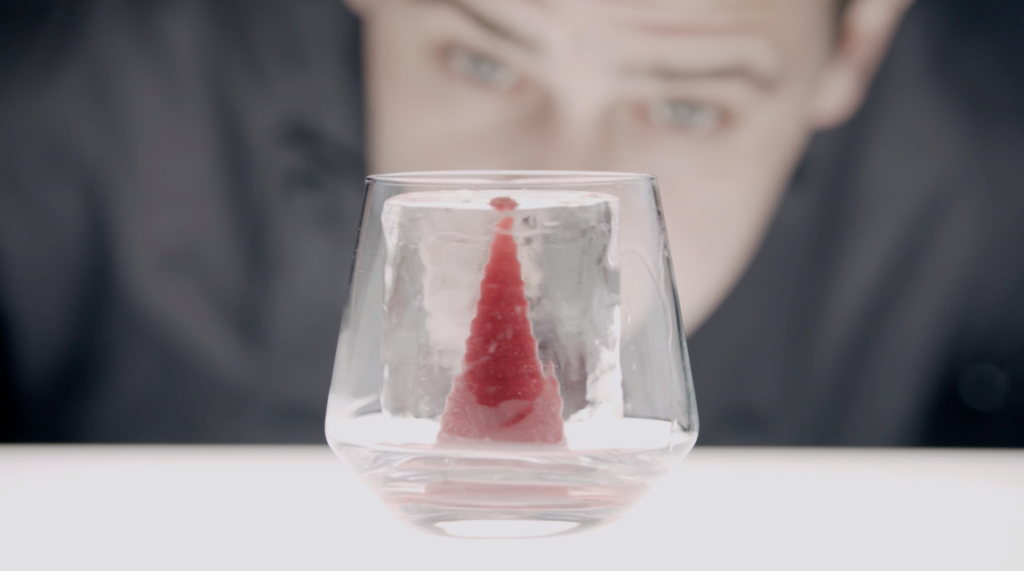
[:en]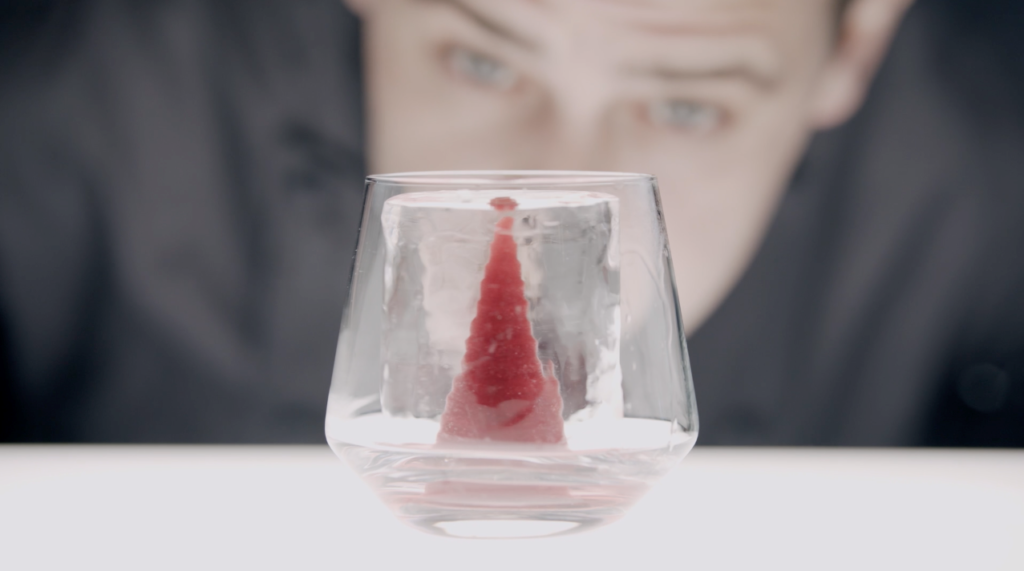
Co-protagonist of the global success of the Artesian - the first cocktail bar in the world according to the 50 Best Bars from 2012 to 2015 - Simone Caporale was one of the first bartenders, together with his partner Alex Kratena, to serve cocktails in containers different from the canonical glasses in the 21st century. After leaving the counter, he dedicated himself to numerous projects, including social ones, and to a new restaurant in Barcelona.
Hi Simone, where did you start from to become the professional you are today?
I started from the bar, like everyone else. I started working on Lake Como in 2003, collecting and washing glasses in a nightclub. I spent 5 years in Italy as a bartender, then a year in Valencia, one in Italy and then I came to London in 2009. After some experiences in medium-level bars, in September 2010 I arrived at Artesian, where they were looking for a bartender , given that Marian Beke had recently passed away. Thanks to the help of Agostino Perrone, who allowed me to include his reference in the CV. It was amazing and I still remember it. In fact, when a young colleague writes to me I help him, because the secret of survival is helping each other.
At Artesian you had an important mentor, Alex Kratena. On what aspects have you built your success within a hotel context? In which sides was the Artesian breaking?
About teamwork and a very similar background. We were born in two small towns in Italy and the Czech Republic and found ourselves catapulted into a luxurious world that we were not used to. We thus tried to win over customers, not being afraid of making mistakes and on the contrary daring. We presented the cocktails in a spectacular way and the reactions of our customers were astonishing, but I would like to reiterate the fact that in addition to the cocktails, for us the essence of a real bar was fundamental, that is, making the people who came to us feel good. I don't think the main problem of a hotel is the customer but the management, which does not want to take any risks, let alone additional responsibilities. In our case he trusted us blindly and in this sense we had no limits. The Artesian was disruptive in several areas: first of all in the approach with any type of person, from the royal family to the sector employee who often came to live the experience. When it comes to cocktails, however, we asked ourselves why and gave ourselves some answers. Why can't you serve a cocktail like a granita? Why can't the size of the umbrella inserted into the cocktail be exaggerated? One of the iconic ones was the one we made when we wanted to offer a different decoration from person to person. So, we thought of creating a container from which you could drink while looking at a mirror. It was called Forever Young and we created it in 2013. Another example is the Langham Martini, a cocktail in which the Martini was served in a brass glass covered in nickel and silver capable of maintaining a constant temperature for as long as possible. If until then people asked for a type of gin, from then on they asked for that glass.
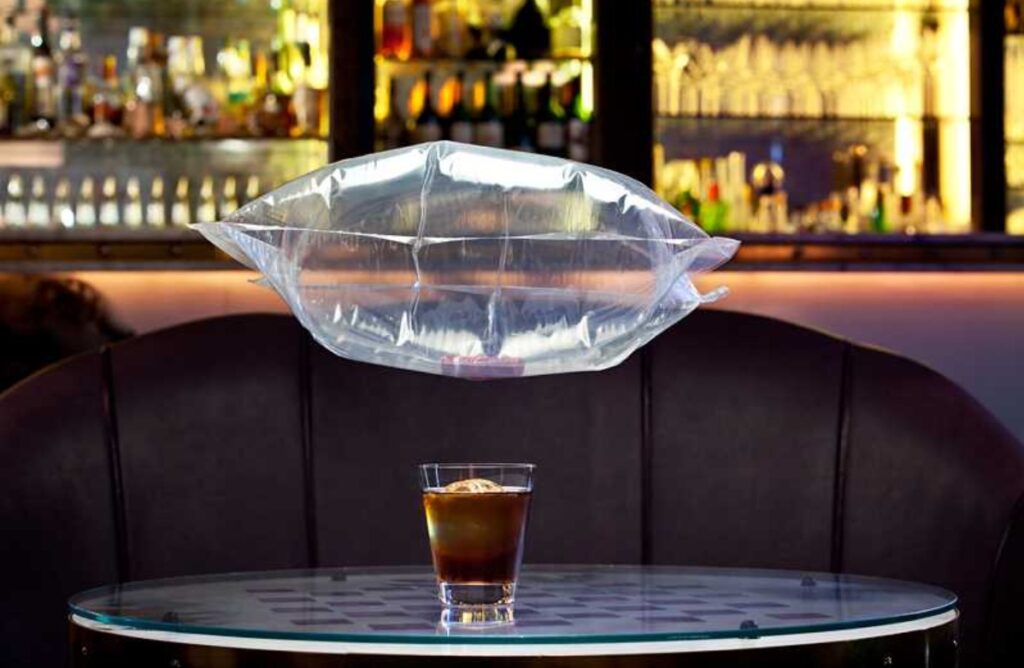
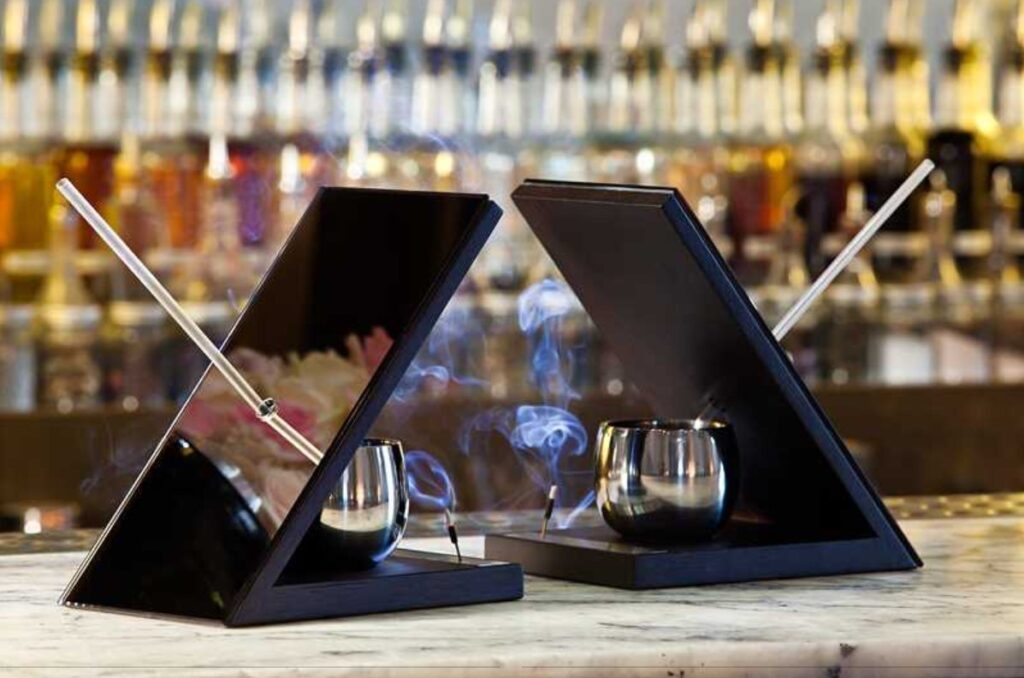
What initial feedback did you get from your customers? How did you distinguish yourself from other cocktail bars and how were you pioneers? Did you expect to be named the #1 bar in the world 4 years in a row?
People's 85% was very amused, 10% hated us, but came back every two weeks, and the remaining 5% didn't come, but sent friends to take photos and reproduce the idea in their own bar. In those years we learned that if you wait for everyone's consensus you will never do anything and, in our case, in a certain sense we also had the support of those who didn't appreciate us. We tried, right from the start, to create our own identity in the drinking experience, which is why for the last year and a half we had the external customer 70%. We focused a lot both on the form of how to drink the drink and on its content: if for the former we created the trend of serving cocktails in containers that go beyond the usual glasses - unfortunately some bars now focus too much on this aspect - for the latter we have developed new flavors, such as incense and carrot, verjus and oak, thanks to the use of plant essential oils. We never thought we would win such awards but we believe we obtained them because in our restaurant time stopped and customers lived an experience.
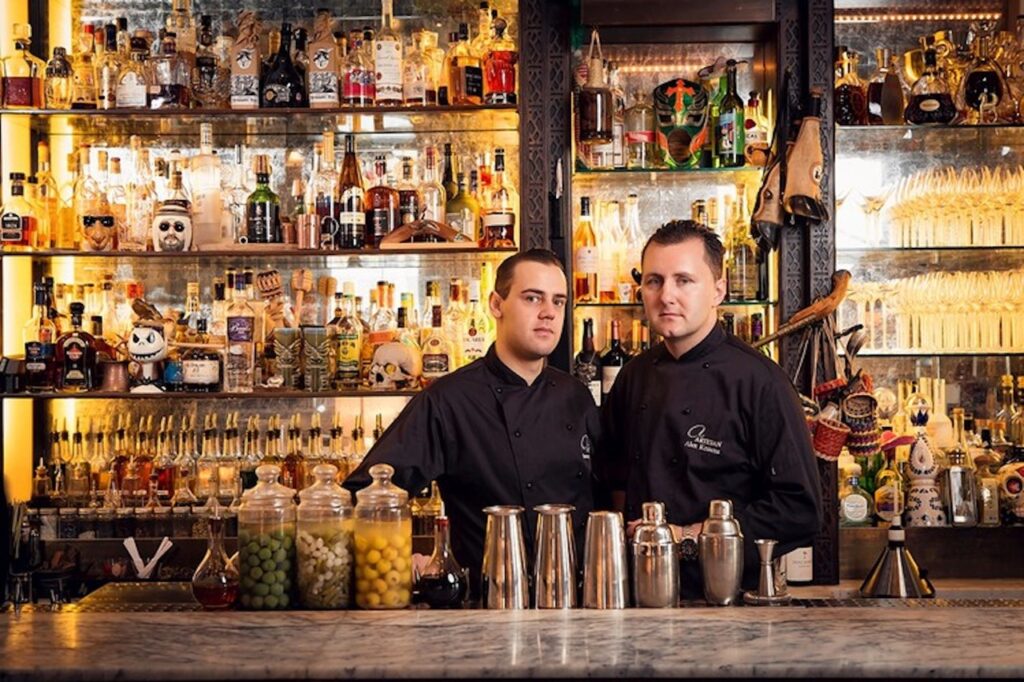
The strangest thing that ever happened to you behind the counter at Artesian? Why did you abandon him?
One evening there were a lady and a gentleman alone at the bar. So I thought I'd break the ice by dividing a Mai Thai (which I had just prepared by mistake in an order at the table) into two glasses that I offered them. They met, they arranged to meet, they got married, they had a child and every year on their anniversary they write to me thanking me for letting them meet. I left Artesian in 2015 because I no longer had any motivation. We made sure that this inertia lasted as long as possible and, when we reached that moment, Alex and I decided to develop projects together. PourDrink, one of these, is a non-profit organization that for four years has organized a free symposium with speakers from different countries, on specific themes such as the female gender, the modern professional or perfectionism. Other projects in which we are co-protagonists are the development of the Italicus brand, and Muyu Liqueurs.
What is Muyu Liqueurs?
Muyu is a line of three different liqueurs – chinotto, jasmine and vetiver – developed with Alex Kratena and Monica Berg. They are three easy-to-mix products, distributed in Italy by Velier, with good acidity, excellent to drink straight or combined with a vermouth or an aged spirit. In the company I am a partner, the best condition in which I feel stimulated to work on projects, because results are only achieved through effort.
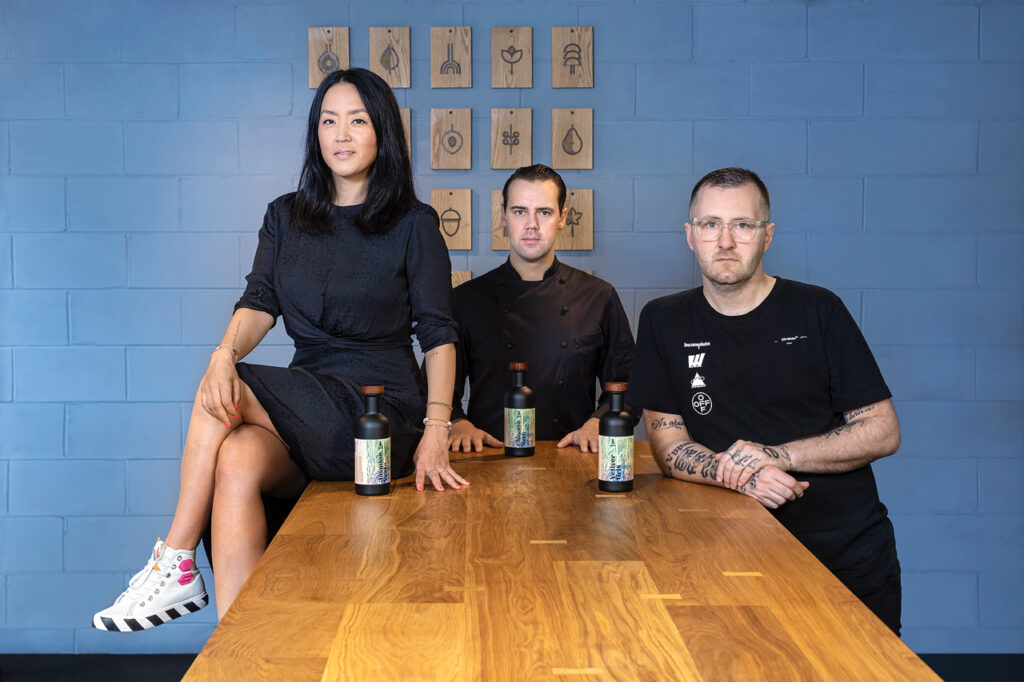
What other projects do you have under your belt? Can you tell us about them?
Another project I am involved in together with the Diplomatico Rum family is Canaima, a gin produced in the Amazon by indigenous populations with 19 botanical varieties, distributed by Compagnia dei Caribbean. While on the one hand the project does not have profitable purposes, on the other hand it gives us great satisfaction to see people who have a new roof and their children go to school, in addition to the reforestation of the Amazon ecosystem. The third project is that of the Zeo 'alcohol-free spirits', with a scent reminiscent of grappa and a characteristic burning sensation. The fourth and final idea is Flavor Blaster, a tool that allows you to create steam bubbles on the glass. It was an idea developed at Artesian, with a vaporizer that produced aromatic vapor, without the smoke.
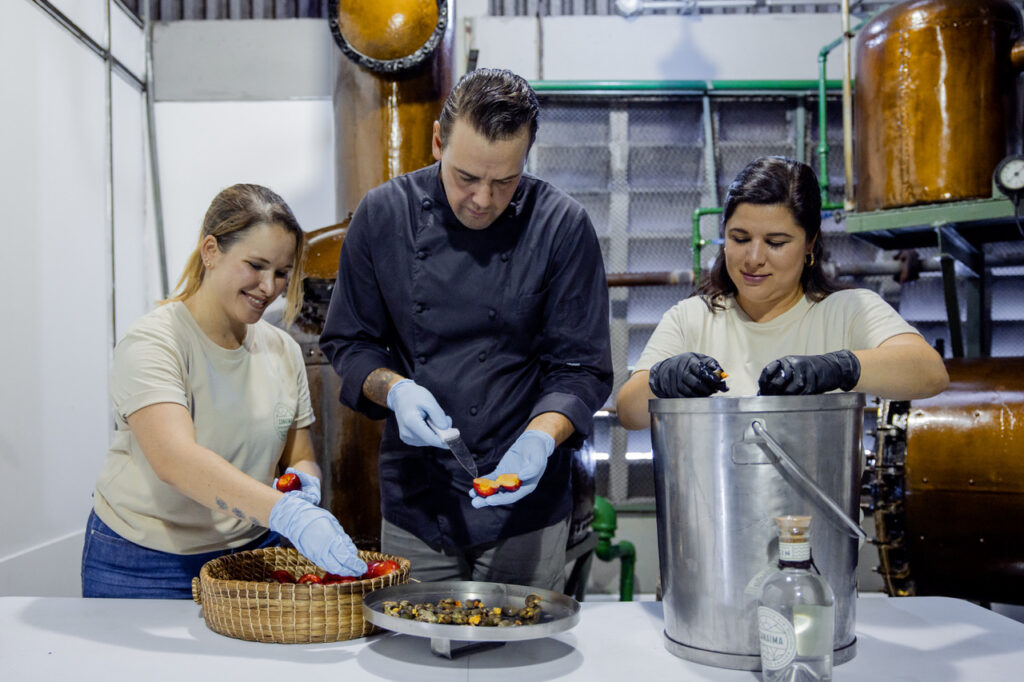

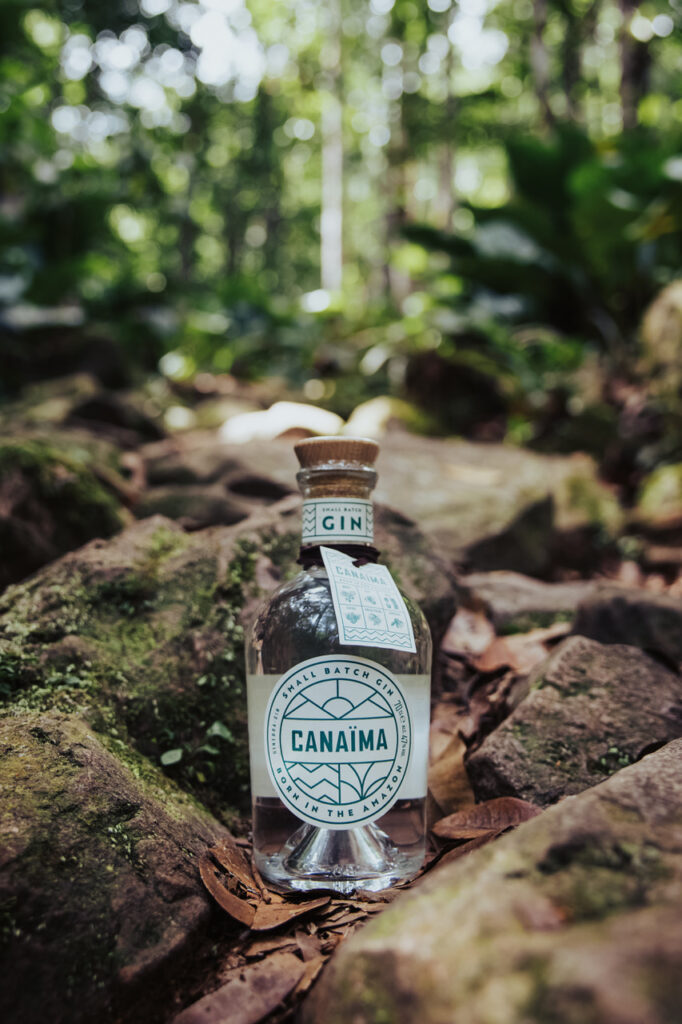
Have you left the counter but have you also abandoned the idea of operating in the world of clubs?
Absolutely no. I wanted to open a space in Barcelona two and a half years ago but there were legislative problems with the structure of a property I was about to buy. Then, I spoke with Marc Alvarez, who was responsible for mixing for the Adrià brothers at the time. We had a common desire to create a bar that wasn't a bar and we developed a concept in which classic and non-classic cocktails are served, in a slightly smaller quantity than normal. We called it Sips, like sips, an indefinite amount of liquid that allows you to judge it, understand it and live a hedonistic experience. This way the customer can try multiple different drinks in one evening.
What kind of concept is Sips Drinkery House? What can you drink and eat inside? How will the spaces be divided?
Sips is a cocktail bar where you can eat small snacks, such as bao filled with soft shell crab or octopus hotdog. We will have a menu of 15 signature cocktails, created especially for the venue, 15 classips, twists on classics from me and Marc, who will be the bar manager, and also some express proposals. We had customized molds made to create unique ice shapes and containers for signature cocktails. For example, we will serve a cocktail in a glass that becomes an olfactory chamber, where you will smell the scent of the drink together with the external air you breathe, which will change with the botanicals each time. We will also serve a cocktail, inspired by Gaudì's chromatic technique, with an edible mosaic on the edge of the glass. As regards the spaces, however, in a first room facing the street with 35 seats there will be Sips Drinkery House, while in another smaller room, with 18-20 seats, there will be a second experimental bar which will open later. The design will be modern-minimalist with emerald green and anthracite tones.
What's your favorite cocktail?
I like everybody. It would be a shame to choose just one.[:]
